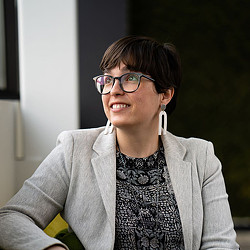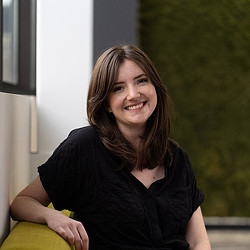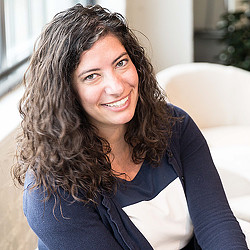Bring Climate Justice Into Your Projects by Engaging Community Partners
June 07, 2023 | By Hannah Brokos, Ursula Del Castillo, Emily Ryan, Elaine Asal
In 1936, Baltimore became the first of many cities to legalize redlining, allowing banks to refuse to lend in neighborhoods that were considered to have undesirable racial concentrations. This shaped the map of Baltimore, creating systemic divides in the city that continues to impact it to this day.
Over the course of two years, our team explored climate justice in Baltimore, which overlays the built environment with the effects of climate change and social justice. Due to a long history of systemic racism and injustice, we see a direct link between climate change and the disproportionally negative impacts of climate change on communities of color. Many neighborhoods, originally designated by redlining policies “as undesirable, poorly maintained, and vandalized” have gone decades without public investment, leaving them more vulnerable to extreme weather events, heat waves, and other climate-related disasters.
Two main sources for our research were the Baltimore Office of Sustainability’s Climate Action Plan from 2012 and the book The Black Butterfly: The Harmful Politics of Race and Space in America by Lawrence T. Brown. The title of Brown’s book is a reference to the fact that the city’s majority-Black population spreads out like a butterfly’s wings to the east and west of the coveted real estate in the city center.
Using these two resources, along with others, we realized there were many clear differences between the way predominantly Black neighborhoods in the area of the “Black Butterfly” are treated when compared to more affluent neighborhoods. We looked at the areas of focus of the Climate Action Plan: Energy Savings & Supply, Land Use, Transportation, Green Space, Water Infrastructure and Air Quality. As we look to understand the reality of these disparities today, many stories emerge.
For example, public housing — with higher concentrations in the Black Butterfly — tends towards significantly older buildings with less insulation and efficient appliances. The high costs of energy and water bills in these areas with a lower household income means that home foreclosures can happen for the lack of payment of bills as low as $250. When these neighborhoods do receive investments, it often happens with little community engagement and sometimes with the goal of aiding adjacent neighborhoods.
Some citizens are traumatized by historical and infrastructure impacts like highway construction through neighborhoods or trash incinerators contaminating the air. The few investments that happened without their consent or feedback have provoked distrust and resistance to new investment in the neighborhoods — no matter the goal.
Unfortunately, this legacy of climate injustice is neither unique to the city of Baltimore, nor is it likely to improve without strategic changes in the realms of policy and design. So where do we start? What is the role we might play in the design and construction process? We believe the best place to start is by establishing strong local partnerships with organizations currently working on issues of climate justice in our communities.
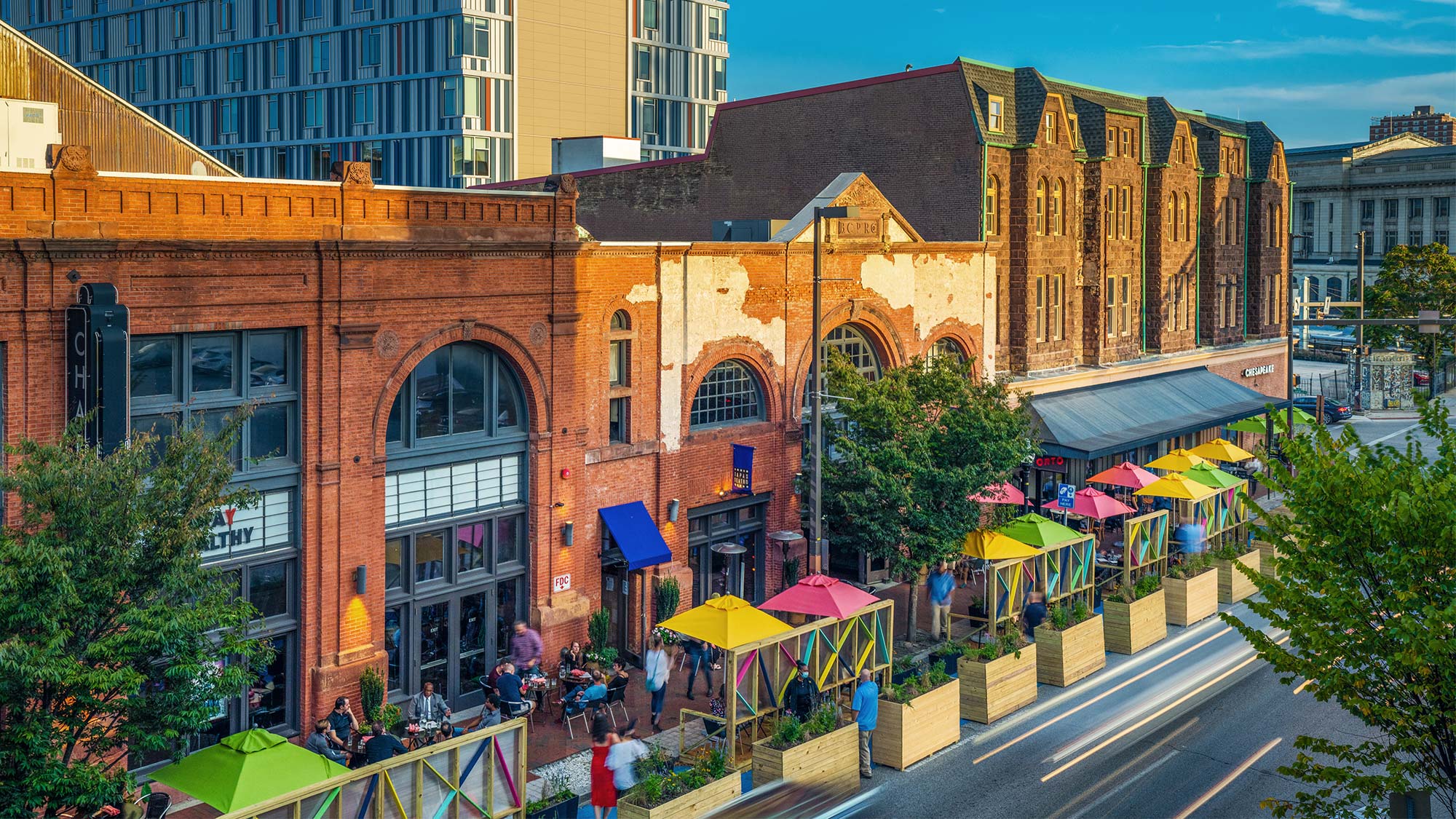
Community organizations propel progress. They are the boots on the ground in public sectors where private industry impact may be limited. They are specialists in their field, leading their cause through experience, local engagement, and by putting pressure on institutions requiring change. They are an integral part in our efforts to design healthier and more sustainable communities. Our partnership and support of their work builds capacity for their organization, creates future opportunities for integration, and provides a strong foundational understanding for how the built environment can be a tool for change. This partnership is not a one-way street. It opens doors for both community partners and private companies to mutually benefit each other in a relationship that we have coined “Radical Collaboration," expanding the range of company storytelling, new growth directions, and shared purpose networks to spheres these companies could not have achieved alone.
By engaging with individuals involved in local non-profit organizations focused on climate justice, we transformed the perspective of our research. We connected with representatives from The Nature Conservancy, The Neighborhood Design Center, The Conservation Fund, The Maryland Transportation Alliance, and more to gain new insight around the human impact of state and local legislation and understand the consequences of historic disenfranchisement across many different issue areas.
These individuals helped us to better understand the logistics of climate justice, but more importantly connected us to the greater human experience. Laurel Peltier, a journalist, and local energy housing advocate emphasized the reality of awareness. She explained that climate information is not being discussed with the understanding that most of her clients often are not able to make climate change a top priority due to their current financial or social circumstances. Climate change will continue to disproportionately impact these individuals and cause greater strain without a working partnership to guide them through the process.
Isaac Hametz from The Nature Conservancy shared his experience with Baltimore city’s shortcomings, “Baltimore has been described as a city that is resource rich and outcome poor - where great visions often aren’t realized to their fullest potential because of silos and structural issues.” He went on to give valuable advice to our team: “Move at the speed of trust.” Without proper preparation and relationship building, future progress can be derailed. Work where trust is established through relationships create greater impact.
These interviews were an impactful moment of reflection for our team. They emphasized that while climate justice is an immediate issue and requires strategic intervention, there are sensitive barriers that must be navigated to make holistic progress. Without the dedication of these leaders to share their story and expertise with us, the lived experience, negative and positive impacts, as well as policy pitfalls would be missing from our understanding and research.
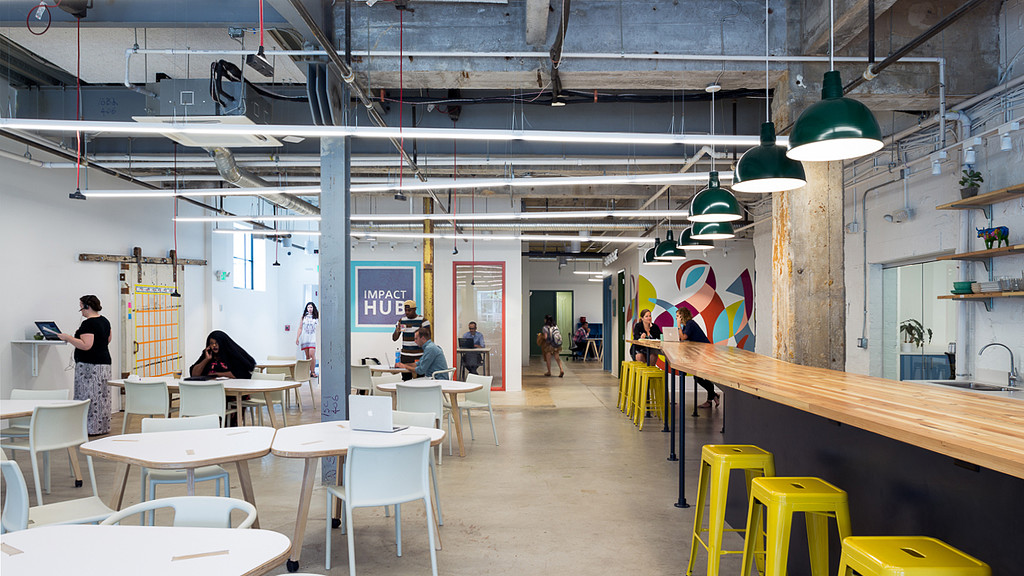
In an increasingly complex world attempting to address “wicked problems” such as climate justice, our best approach as design professionals is to work together and find as many alignments and shared objectives as possible with organizations working to impact these challenging issues. We encourage building a network of partners and practitioners around key focus issues year-over-year. To that end, we’ve distilled our research down to a few key things to consider when approaching a potential partner and important questions to ask when evaluating each organization.
When approaching a potential partner:
- Try to find a connection that can introduce you to someone in the organization
- Find who is the right person to contact, different people have different roles.
- Always call first before sending out a cold email
- Have a pre-drafted statement of who you are and work for, your reason for calling, and any questions you have ready to go (see examples below)
- Send an email as a follow-up thanking them for their time and highlighting any actionable items
Once you are ready to start the conversation, these are a few questions you can ask:
- What's the organization's mission?
- What kind of projects are they working on?
- Who are their partners now? And who would they like to partner with?
- How do they measure their impact and what's the scale?
- How are they funded?
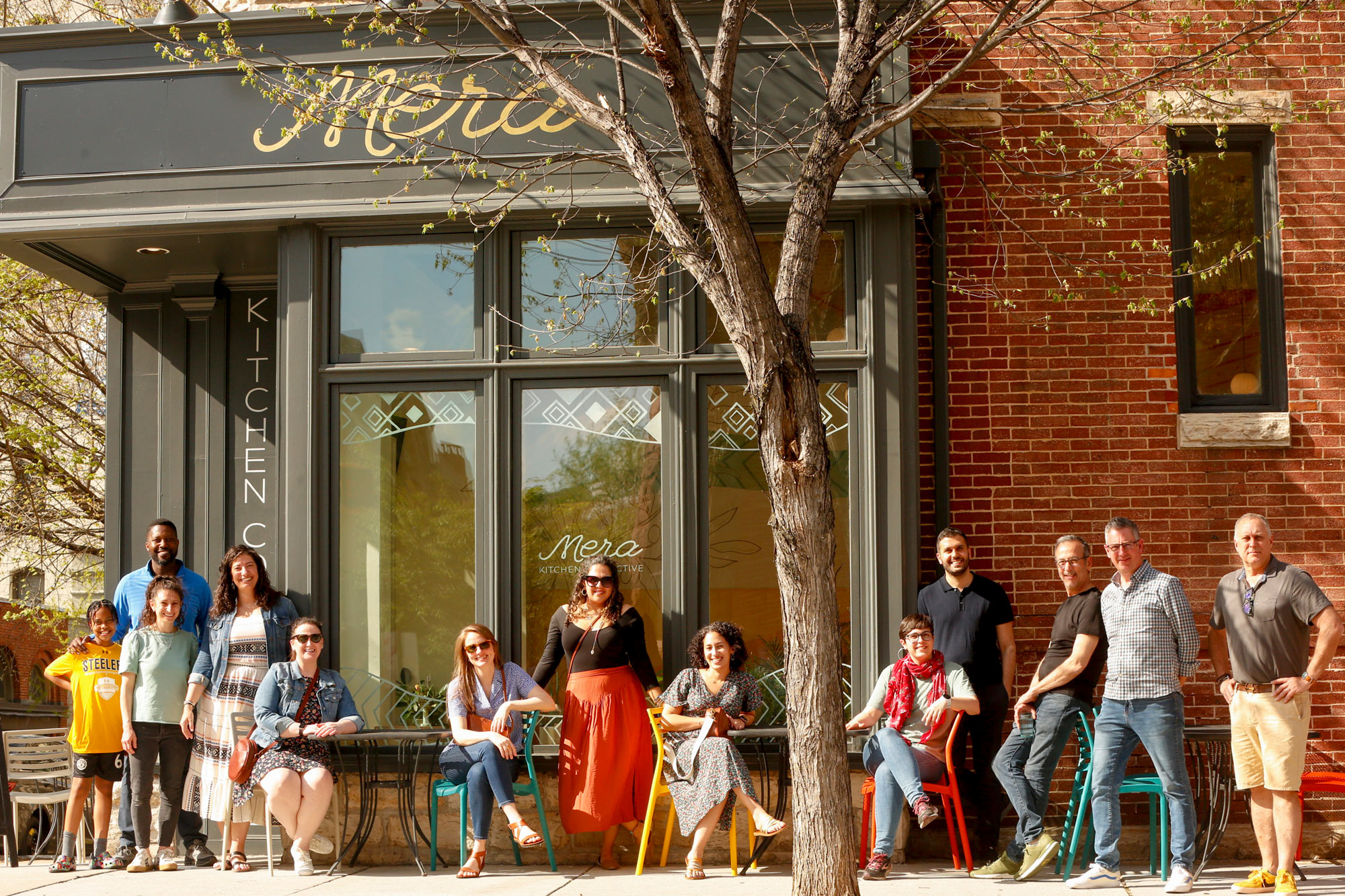
For design professionals, community partnerships have the potential to develop into real projects and support real change for local neighborhoods. While every connection may not yield ground-breaking results, every connection is a valuable step in the right direction. In Baltimore, some opportunities for potential partnerships may include:
- Volunteering with the Neighborhood Design Center (NDC) and local neighborhoods to help with park tree planting, clean-up efforts, or other special events.
- Helping to organize or facilitate community discussions with Energy Advocates around third-party energy scamming, costly utility bills, or bringing awareness to neighborhoods being polluted by manufacturing facilities in the area.
- Collaborating with local establishments on promotional or creative art opportunities.
- Policy and legislative advocacy with The Conservation Fund to call for top-down climate action from state and local governments.
- Partnering with Green and Healthy Homes Initiative (GHHI) on strategic planning for facilities improvement such as: surveying under-performing HVAC systems, lead and asbestos removal requirements, code-compliant climate interventions, water efficacy, etc.
The list goes on... These partnerships can lead to high impact opportunities like connecting with the local school system to identify areas for building improvement and helping facilitate conversations for funding and awareness. In practice, it looks like design professionals working with neighborhood leaders and advocating on their behalf with local developers around creative community engagement and climate mitigation strategies. It means Gensler and non-profits coming together to stand-up for neighborhoods being disenfranchised by unjust policies and working together to demand reform.
The value and importance of community partnerships cannot be overstated. Your local city is full of organizations that are well equipped with amazing expertise and can lead to projects that have long-lasting impact on the neighborhoods they are in.
Our two-year research project culminated in a framework for Aligning Practice with Climate Justice. Click here to download and learn more.
For media inquiries, email .
Additional research and writing by:
Amanda Strawitch is a technical director in the Gensler Baltimore office. She is a registered architect who enjoys the technical side of the project. She is skilled at coordinating with consultants to ensure the design goal and vision is continued throughout.
Ariadna Hernandez is a technical designer and graphic designer in the Gensler Baltimore office. She utilized her graphic design skills to help with the research project and other office initiatives.
Hilary Zoretic is a design manager and architect in the Gensler Baltimore office. She excels at navigating project teams through complex design, schedule, and budget challenges to achieve successful outcomes.
Keith Hack is a technical designer in the Gensler Baltimore office. He is active in efforts to implement new digital tools for environmental analysis and computational workflows to deliver sustainable and efficient design solutions.

